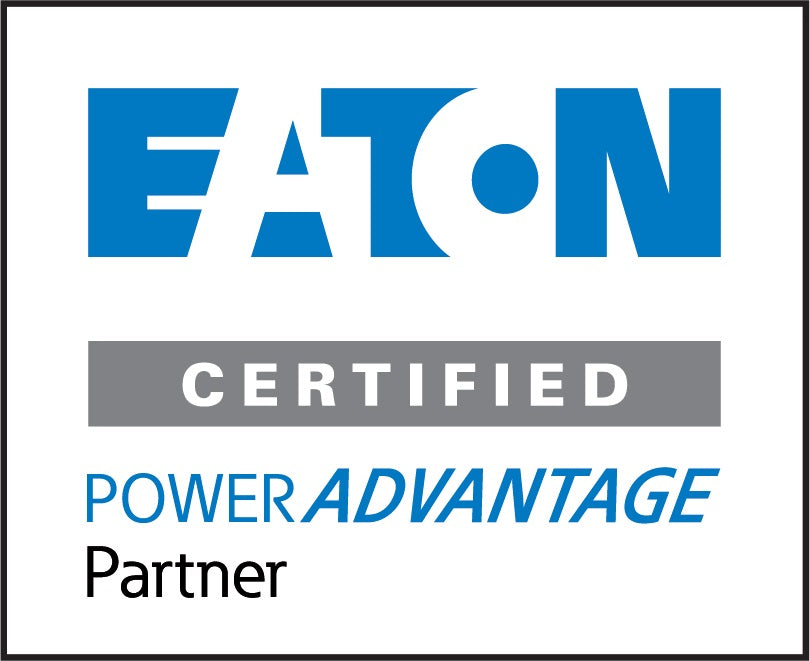In-Row Cooling Solutions for Small and Medium Data Centers

As our digital world expands, so does the need for more robust and efficient data centers. Small and medium-sized data centers, in particular, are on the rise as they cater to businesses, startups, and other institutions requiring localized, more controlled operations. One of the most critical challenges these data centers face is maintaining an optimal temperature for equipment. Traditional cooling methods often fall short, leading to inefficient operations and higher costs. Enter in-row cooling solutions – a game-changer for many smaller data centers.
### What is In-Row Cooling?
In-row cooling is a data center cooling technique where cooling units are strategically placed between the server racks. These units work to remove heat directly at its source – right next to the servers. By focusing on targeted cooling, in-row solutions provide more precision and efficiency compared to traditional room-based cooling systems.
### Benefits of In-Row Cooling:
1. **Efficiency**: Traditional cooling systems cool the entire room, which can lead to uneven cooling and energy waste. With in-row cooling, the cold air is concentrated where it’s needed the most – around the heat-producing servers.
2. **Flexibility**: As your data center grows or changes, in-row cooling units can be easily added or reconfigured, ensuring optimal performance without a complete system overhaul.
3. **Scalability**: For data centers that anticipate growth, it's easier to scale up with in-row cooling. You can add additional cooling units as you expand, ensuring that every new server is maintained at the ideal temperature.
4. **Reduced Hotspots**: Traditional cooling can sometimes lead to hotspots – areas where cooling is insufficient. With in-row cooling, the close proximity to servers means a reduced chance of these hotspots occurring.
5. **Cost Savings**: Although the initial setup might seem costly, in the long run, in-row cooling can lead to substantial savings. Efficient cooling means less energy usage, which translates to lower energy bills.
### Considerations for Implementing In-Row Cooling:
- **Space**: Ensure there's adequate space between racks for the cooling units. This might require some reconfiguration of existing setups.
- **Power**: These units require power. Make sure the data center’s power infrastructure can support the added load of these cooling systems.
- **Maintenance**: Like any equipment, in-row coolers will require regular maintenance. It’s essential to have an upkeep plan in place to ensure longevity.
### Conclusion:
For small and medium-sized data centers, in-row cooling solutions present a compelling alternative to traditional methods. Not only do they promise more efficient and targeted cooling, but they also offer the flexibility and scalability that growing data centers need. As the demand for data processing continues to grow, innovations like in-row cooling will play a pivotal role in ensuring that data centers can meet these challenges head-on. If you’re considering a cooling solution for your data center, it’s worth exploring in-row cooling as a viable option.







